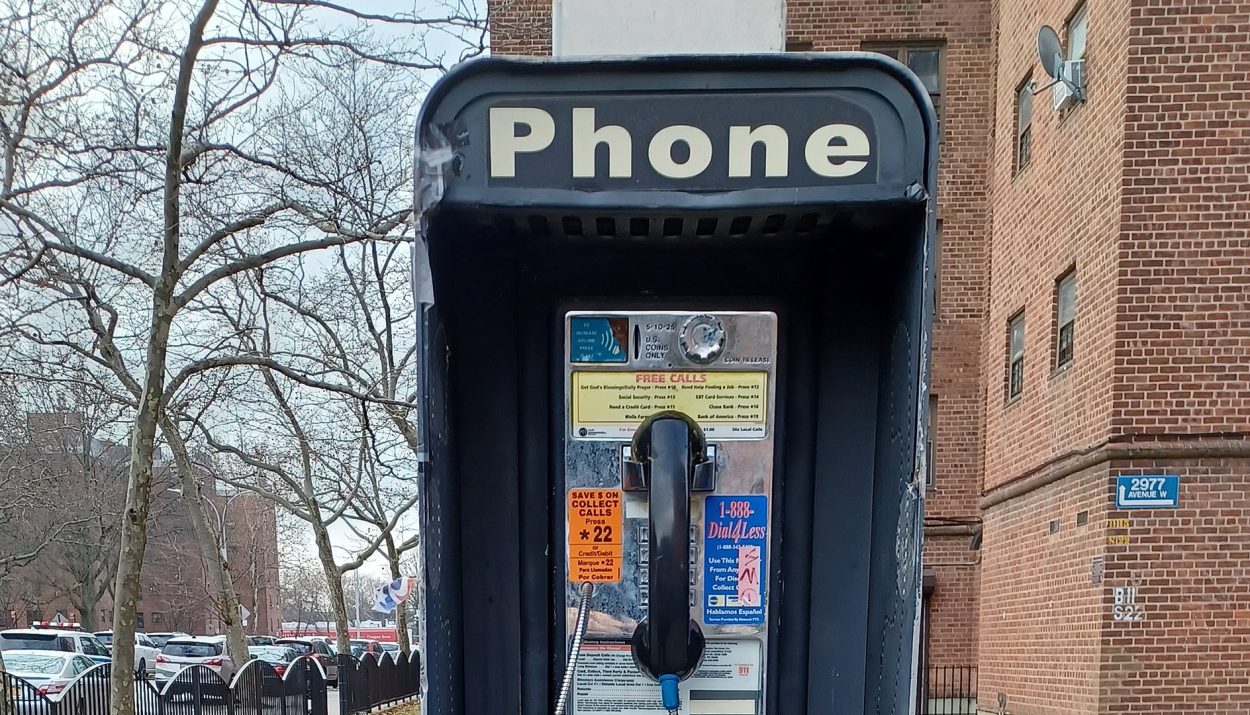It’s difficult to imagine a world where some of these things don’t exist, especially if they were staples in your upbringing, like the iconic Walkman. However, much like anything, these items lose their momentum as their newer counterparts take the stage. Let’s take a look at 15 of the most revolutionary household items and daily staples that are no longer in production.
Alarm Clocks
In 725 Yi Xing, a Chinese native invented the first ever alarm clock. Prior to that your chances of waking on time were slim to none.

Alarm clocks were widely used until cell phones came on the scene and stole the show, putting an end to the original alarm clocks reign.
Vinyl Albums
Although vinyl records are regaining their spotlight amongst vintage enthusiast, there was a long period of time where they were all but forgotten.
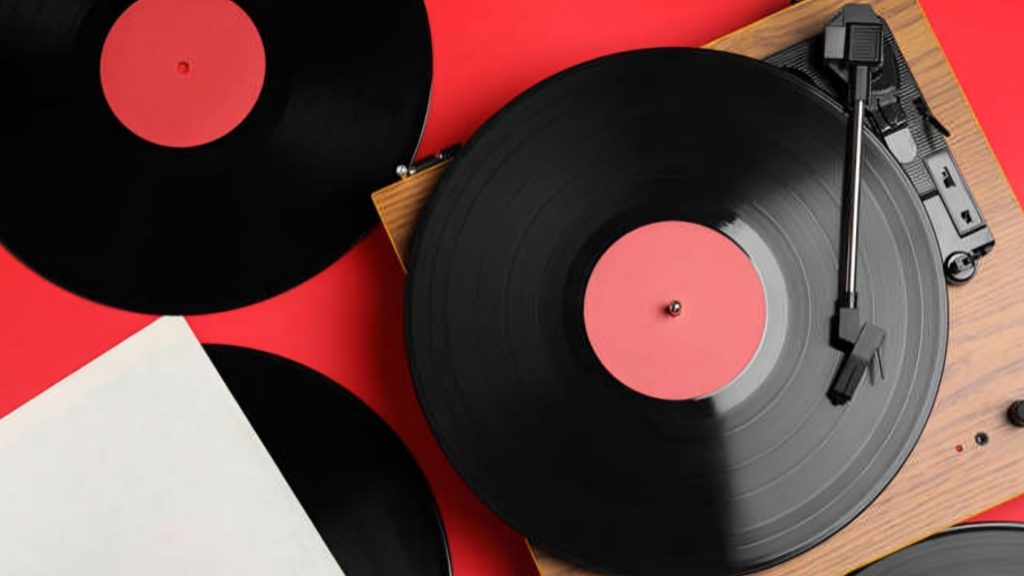
When Columbia Records introduced the first CD in 1948, vinyl records quickly became obsolete. People were entranced with the conveniences of CD’s and how versatile they were compared to their vinyl counterparts. Today you can find the record stores dedicated to keeping the vinyl record alive.
Encyclopedias
Believe it or not Encyclopedia Britannica was a very popular choice for academics, hobbyists, and students for 244 years. Following it’s previous seven million printed sets, it published its final 32-edition set in 2010.

With the era of technology, the encyclopedia met its final end when the internet hit the scene. Hard to compete with knowledge that is so easily accessed.
BlackBerry Phones
BlackBerry started down the slippery slope in 2013 when it stopped updating its operating systems, but it wouldn’t be until 2022 when it met its demise.
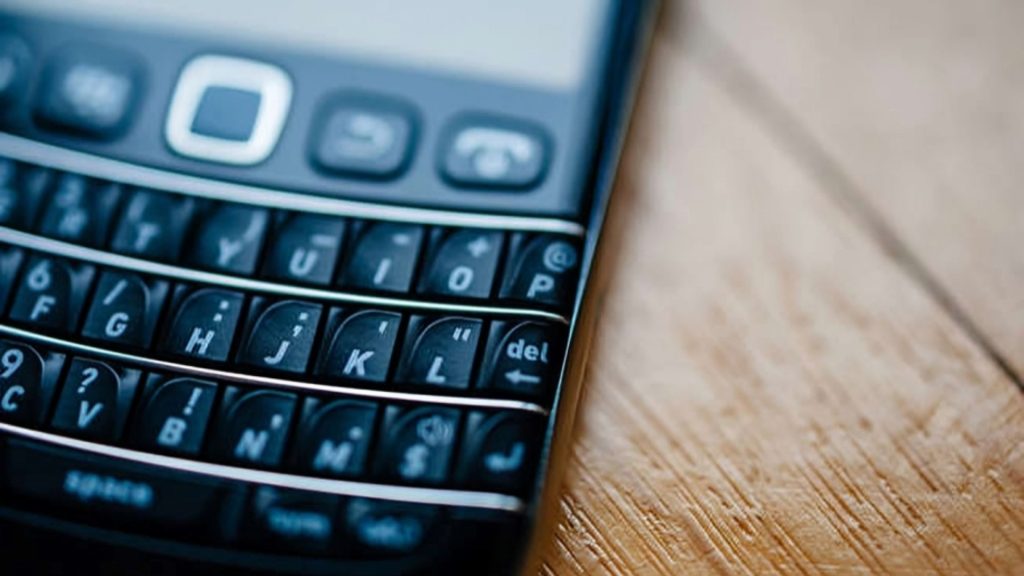
At its height BlackBerries were some of the most popular phone devices offered, with as many as 80 million devoted users. In early January the company stopped offering support for its legacy services, which meant that older BlackBerries could no longer send text messages or make phone calls, ultimately putting the final nail in the coffin for this once beloved device.
iPods
In true Apple fashion they would revolutionize the digital music world when they released the first iPod in 2001. People were enthralled with this compact device that could hold up to 1,000 songs and didn’t skip songs while you were moving around. Sadly even the iPod couldn’t stand the test of time.
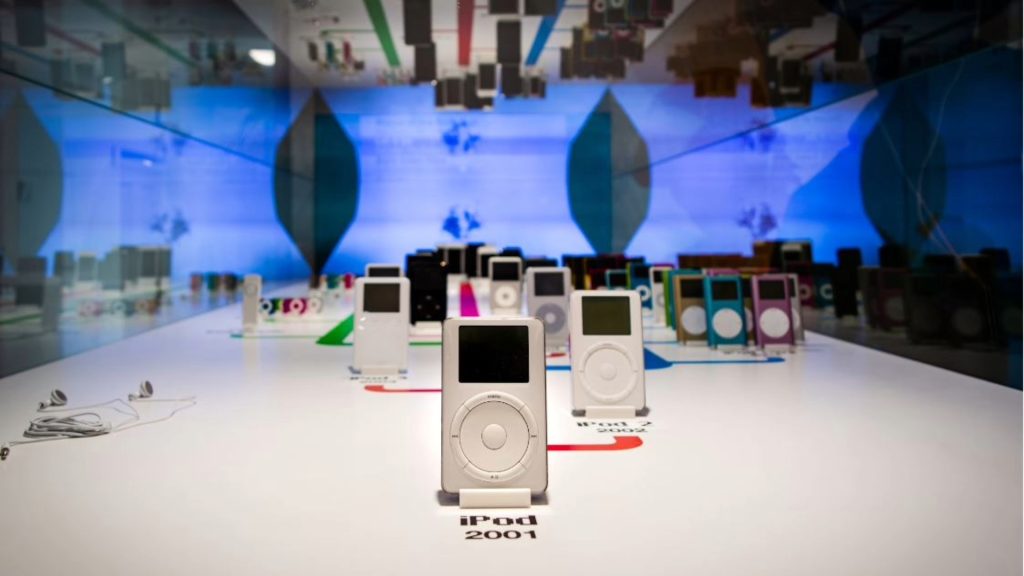
With smartphones and apps like Pandora, ipods have all but lost their luster. Apple recently announced that it is discontinuing its only remaining ipod model, bringing an end to this once very popular device.
Internet Explorer
Internet Explorer made its grand entrance into the internet world in 1995, and quickly gained traction. In fact, using the internet and Internet Explorer kind of went hand in hand for the next decade, it wasn’t until more sophisticated browsers came on the scene that it started to lose its appeal.
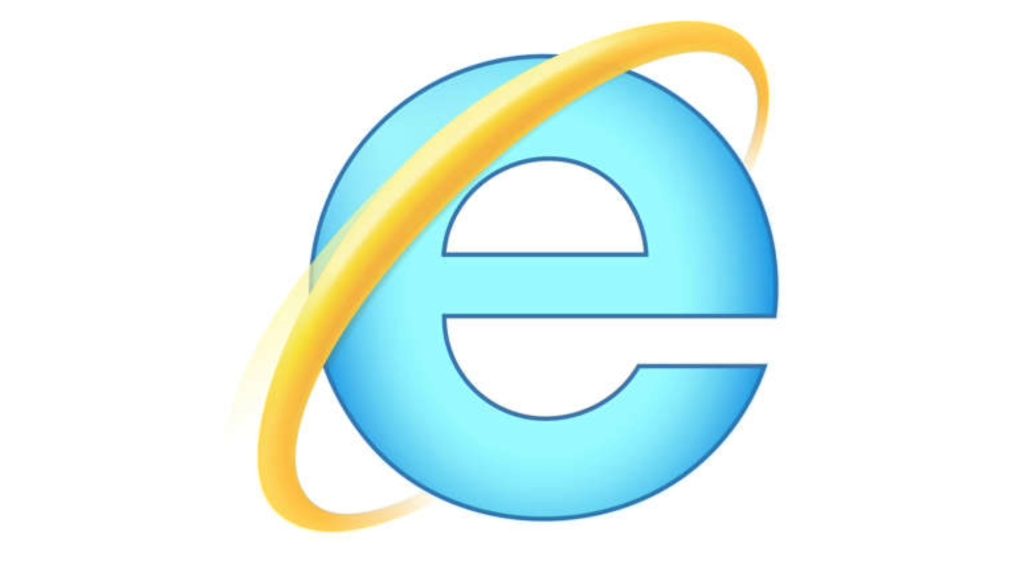
Microsoft the creator of Internet Explorer even came out with a new browser called Edge in 2015, however it wouldn’t lay Internet Explorer to rest until recently. Now if users try to access Explorer they are redirected to Microsoft Edge and prompted to remove Explorer icons, making this its final farewell.
3G Phones and Other Devices
Anyone that was around for the onset of internet access from your cellular device will remember 3G wireless network. However with the newer more efficient version of 5G, 3G will soon be a thing of the past. Cellular providers are only allotted limited radio frequencies, which is forcing them to choose between the outdated 3G network or switching to the more advanced 5G network.
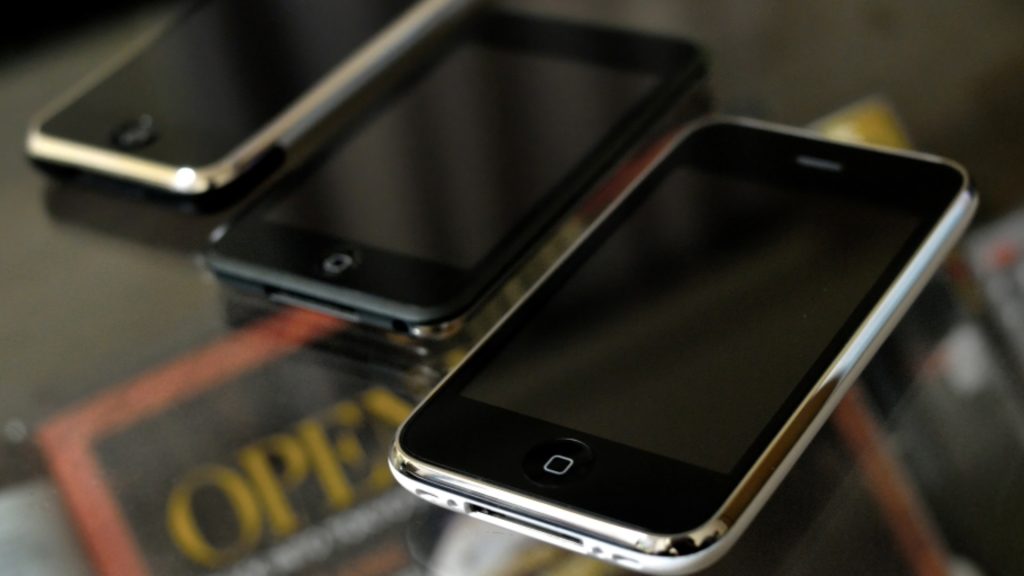
The decision to switch is a no-brainer, Verizon and ATandT both estimate that less than 1% of their service is still run on 3G. Older smartphones, older tablets, certain e-readers, and a select few car navigation systems that still run on 3G networks will no longer function by the end of the year. Saying goodbye to 3G for good.
Fax Machines
It’s hard to believe that fax machines still exist, but they have managed to hold on through all these years. Although they are a far less popular option, you will still find the occasional office that still uses an old fashioned fax machine.
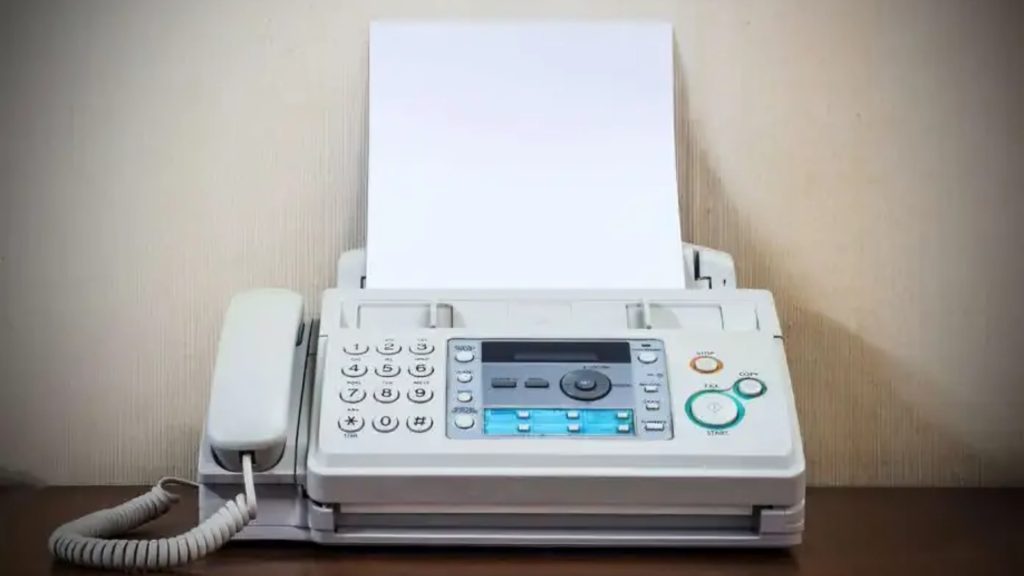
Fax machines were a hot ticket item when they hit the scene in the early 1900, but the technology to run these was so expensive that it made it nearly impossible for most offices to afford them until the 1980s. With today’s advanced technology and services like FaxZero that allow people to send faxes for free, it is makes it very difficult for traditional fax machines to stay relevant. It’s estimated that U.S. sales of fax machines have fallen from $181 million in 2005 to a measly $70 million in 2010.
Film
In 1839, Louis-Jacques-Mande Daguerre revolutionized the world by introducing the first ever photograph to the world, and film photography was born.

In 1999 Kodak would introduce the digital Kodak DC210 and would change the face of film photography forever. In 2018, Canon announced it had sold its last film camera. It would ultimatley take them eight years from the final production of the film camera to sell the last one.
Answering Machines
In 1971, the world of telephone communications would be changed forever with the debut of the very first answering machine, the PhoneMate 400. People absolutely loved that they no longer had to miss the importance of whatever call was coming in.
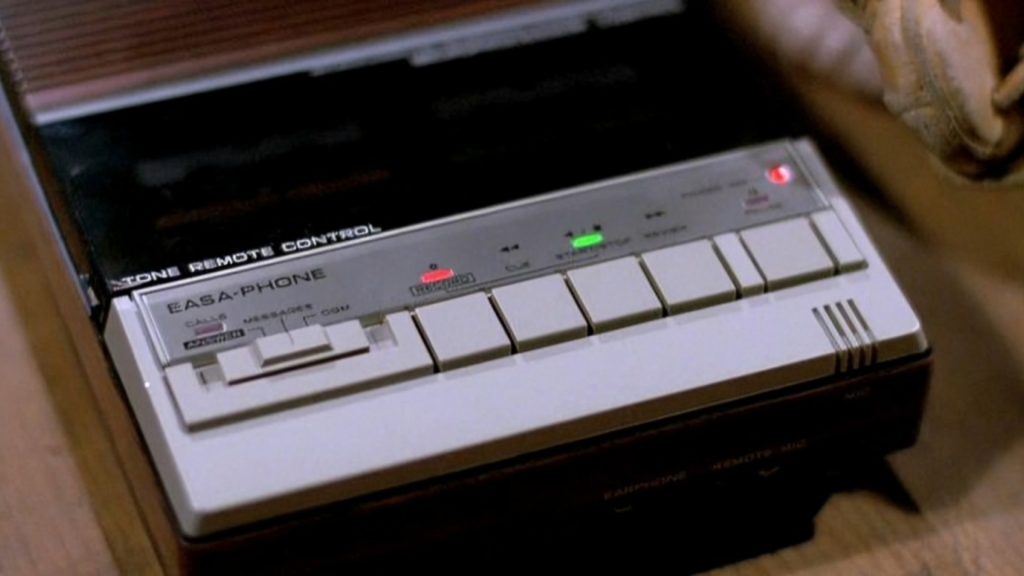
As telephones evolved, so did the technology for receiving messages. Then came cellphones and last but not least smartphones, making the use of these tabletop machines with cassette tapes to receive messages seem archaic.
Card Catalogs
Millennials will never understand the frustration of having to rifle through the wooden cabinet of endless index cards to find the book they want at their local library, but for generations past this was the only option.
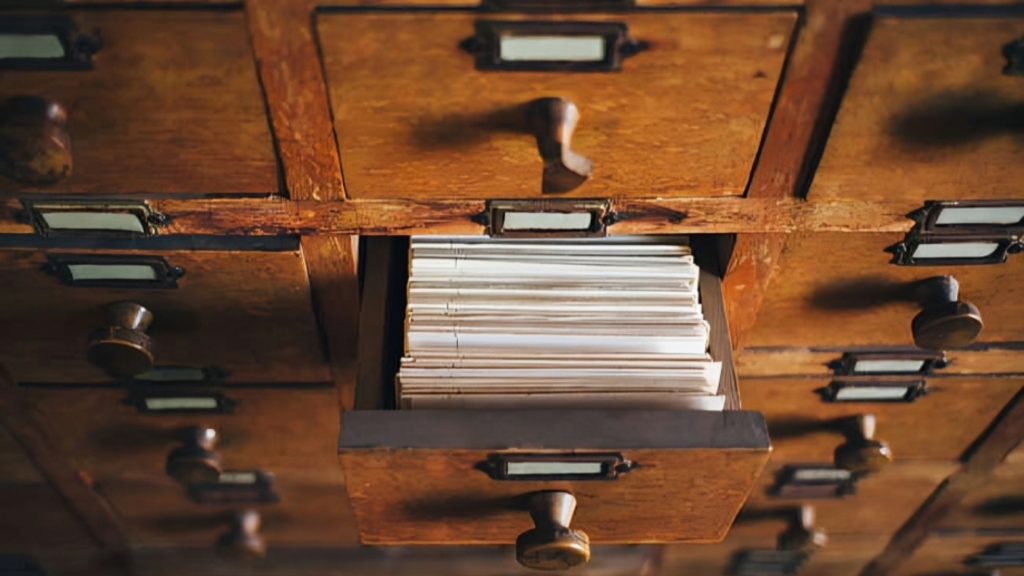
Index card filing wouldn’t come to an end until 2000 when computers were sophisticated enough to take over the task.
Phone Books
It’s crazy to think that after all these years, yellow pages are still hanging on tight. This is one relic that just will not die.
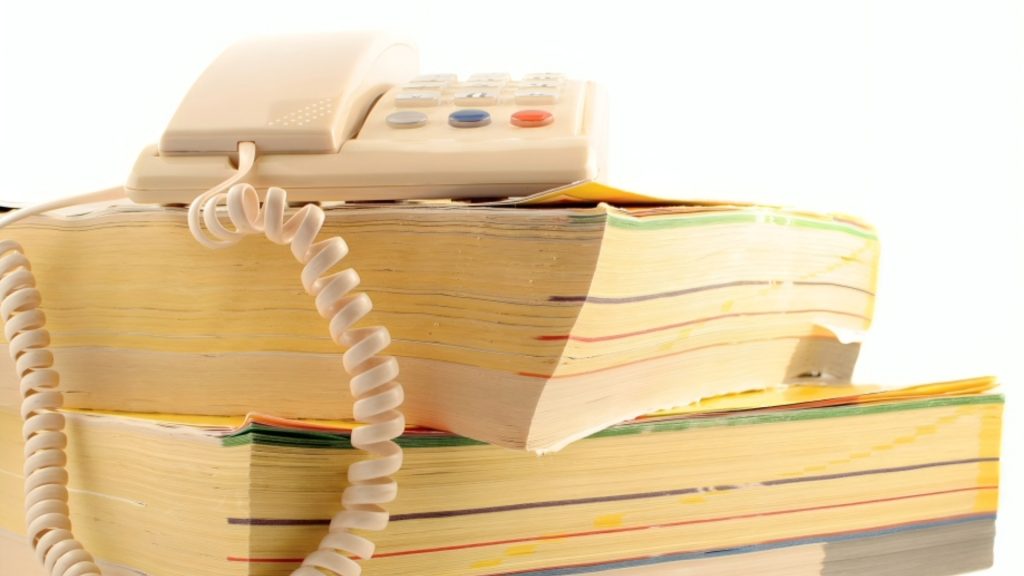
However, I’m not sure they are seeing much use these days, especially with almost everyone having access to smartphones and google.
The Walkman
The Sony Walkman gained its notoriety when it changed the way people could access their favorite tunes, it made on-the-go sound a possibility long before ipods and MP3s were a thing.
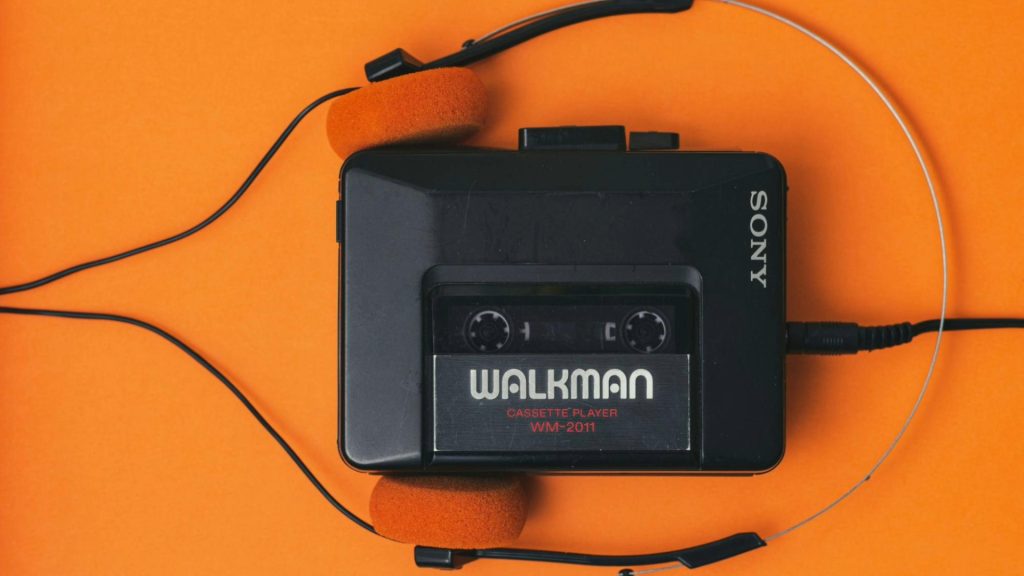
The Walkman cassette player rushed into the mainstream limelight in 1979 and sold over 220 million units over a three decade period. It remained a popular choice even after CDs and other digital technology wiped classic tapes off the map. Sony announced that it was halting the production of these ionic devices in 2010, and the once loved walkman would eventually cease to exsist.
Bench Seats in Cars
In the days of classic vehicles, bench seats were a more practical option, It allowed for more people to comfortably sit and was a more affordable option for the consumer.

Much like everything else, this changed as the designs of vehicles evolved. By the mid 1980s cupholders and center consoles became the more popular option, leading to the downfall of the bench seat.
Rotary Telephones
In 1891 Almon Brown Strowger introduced the first rotary phone, and it would be the staple until 1975 when push button phones became the preferred option.
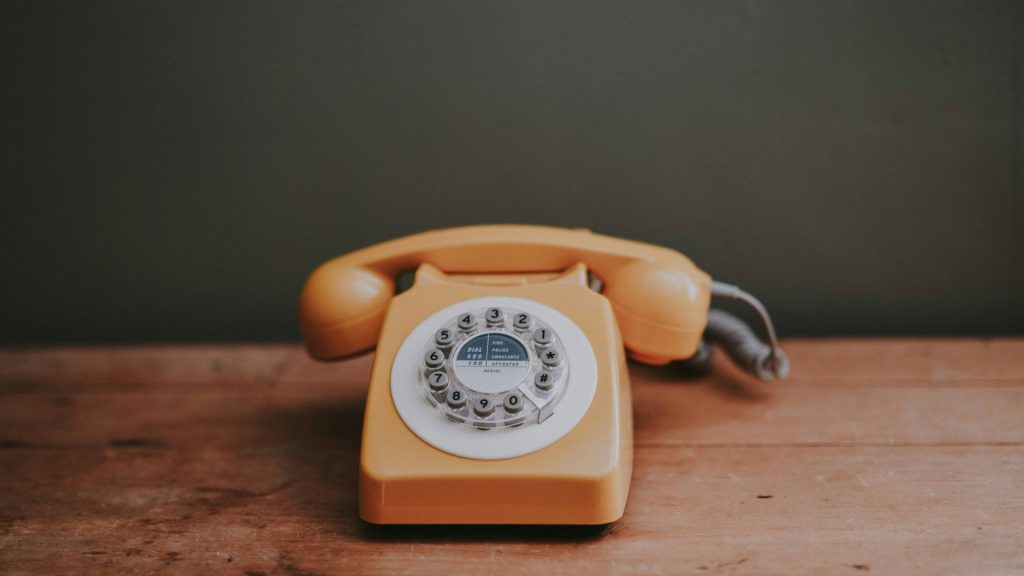
Features such as call waiting and three-way calling marked the decline of the cumbersome rotary dialing system. Nowadays you would be hard pressed to find these anywhere other than on a table top for decoration.

